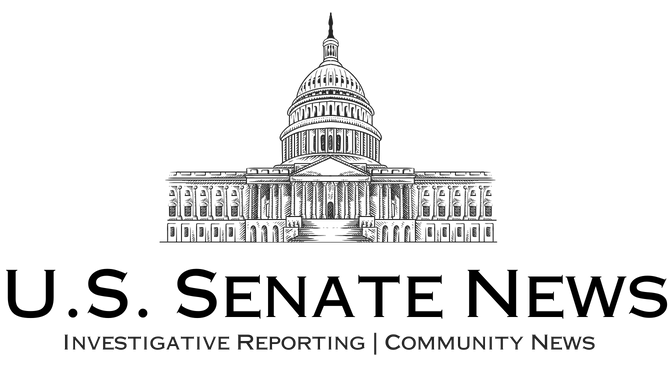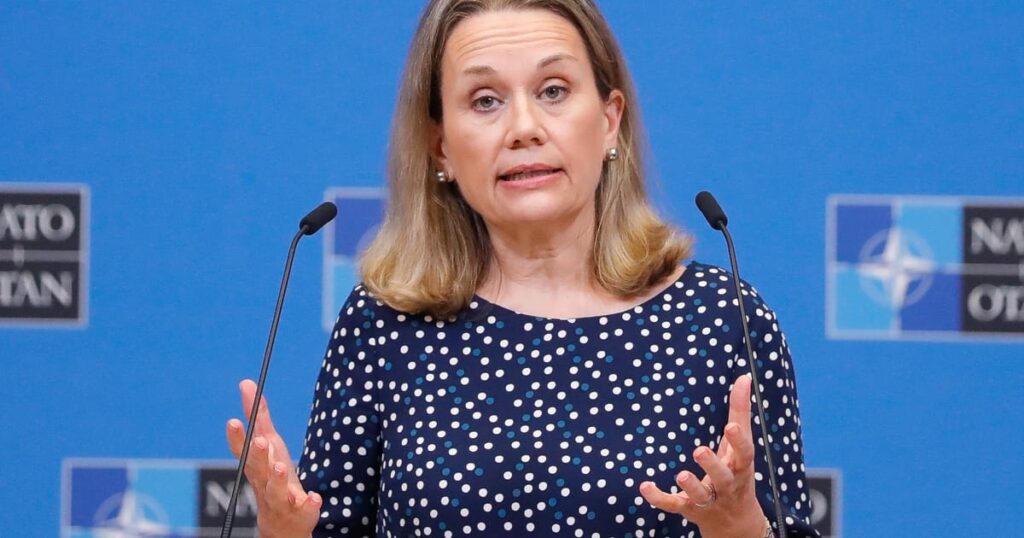“When I joined this dialogue in late November and early December, I was acutely aware of the fact that not all allies around the table were in agreement,” she said.
“This is an old tactic on the Russian side, they like to put themselves in a very threatening position, and some countries have argued that this is actually no different from what we’ve seen. . It’s been many years,” she continued. “These countries had concluded that Russia would stop short of crossing the Ukrainian border.”
A lot of time was wasted. “Much of my time in the first few weeks was spent inviting more reporters from Washington and continuing the conversation, sharing as much information as possible,” he added.
When war broke out on February 24, 2022, Smith received a call at home at 3am. She describes it as her toughest moment at NATO.
“It was hard to answer the phone,” she said. “We were confident that Russia would do this, but to have confirmation that it actually started was really shocking.”
For now, the United States is not ready to extend Ukraine’s invitation to join NATO, a key point in Ukrainian President Volodymyr Zelenskiy’s victory plan. “So far, the alliance has not reached the stage of offering membership or an invitation to Ukraine,” Smith said, adding, “Our intention is to continue to bring Ukraine closer to NATO.”
Despite widespread concerns that President Trump would tear away from NATO’s security umbrella, President Joe Biden’s appointee named her deputy secretary of state, pending confirmation from Congress. Mr. Smith, who is present, is unfazed.
“For 75 years, U.S. presidents from all walks of life have supported this alliance and are committed to providing leadership across the alliance,” Smith said. “Regardless of what happens on November 5th, I have full confidence that the United States will continue to play that role.”



